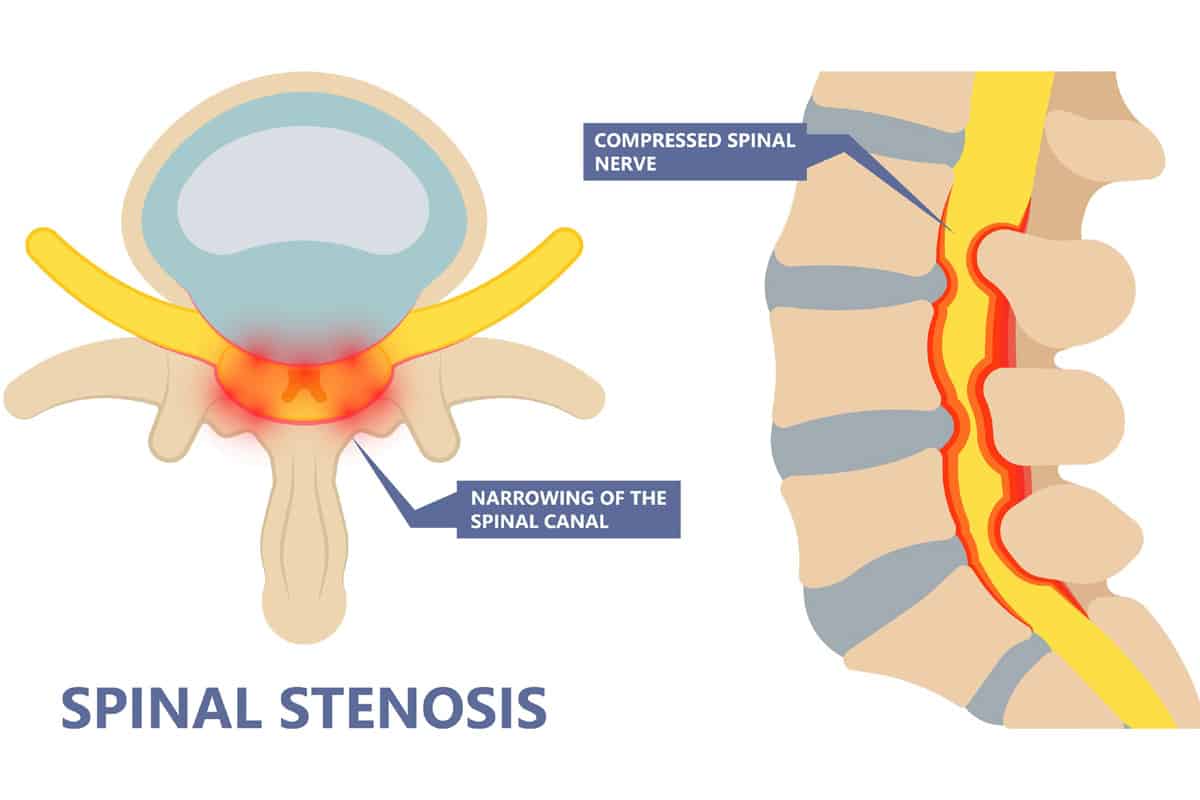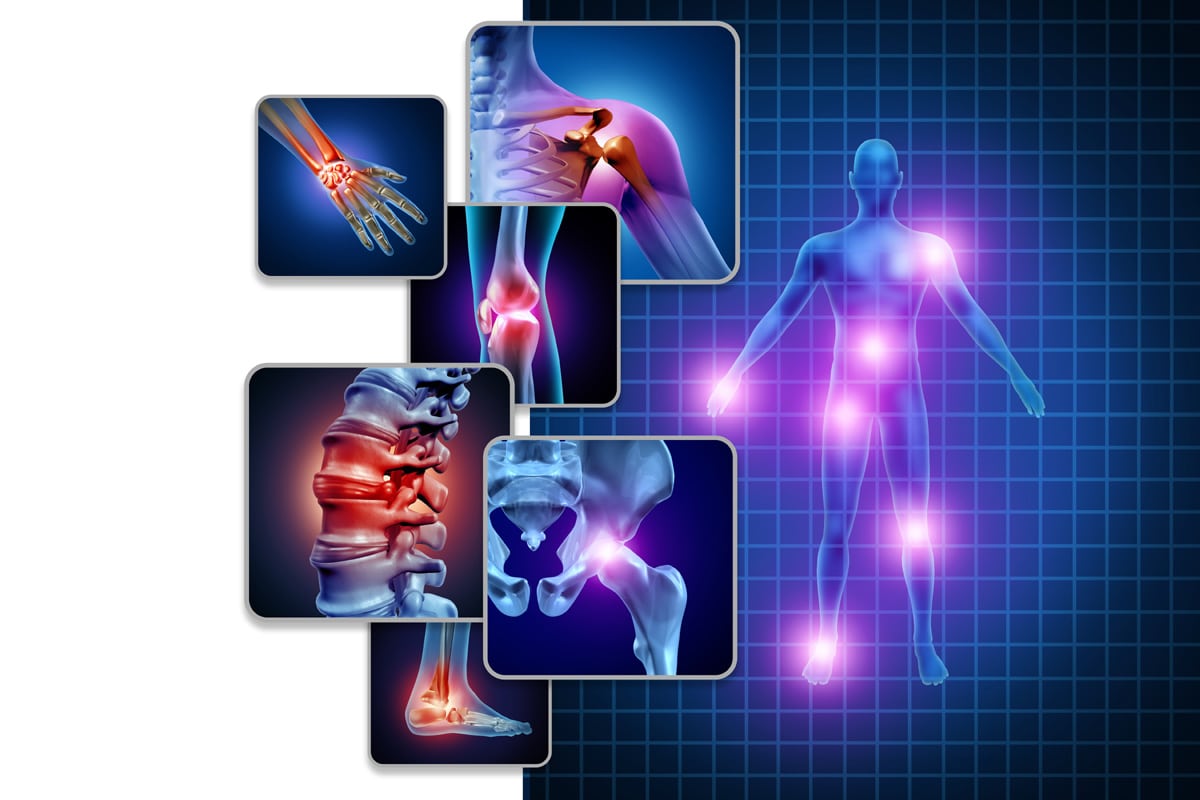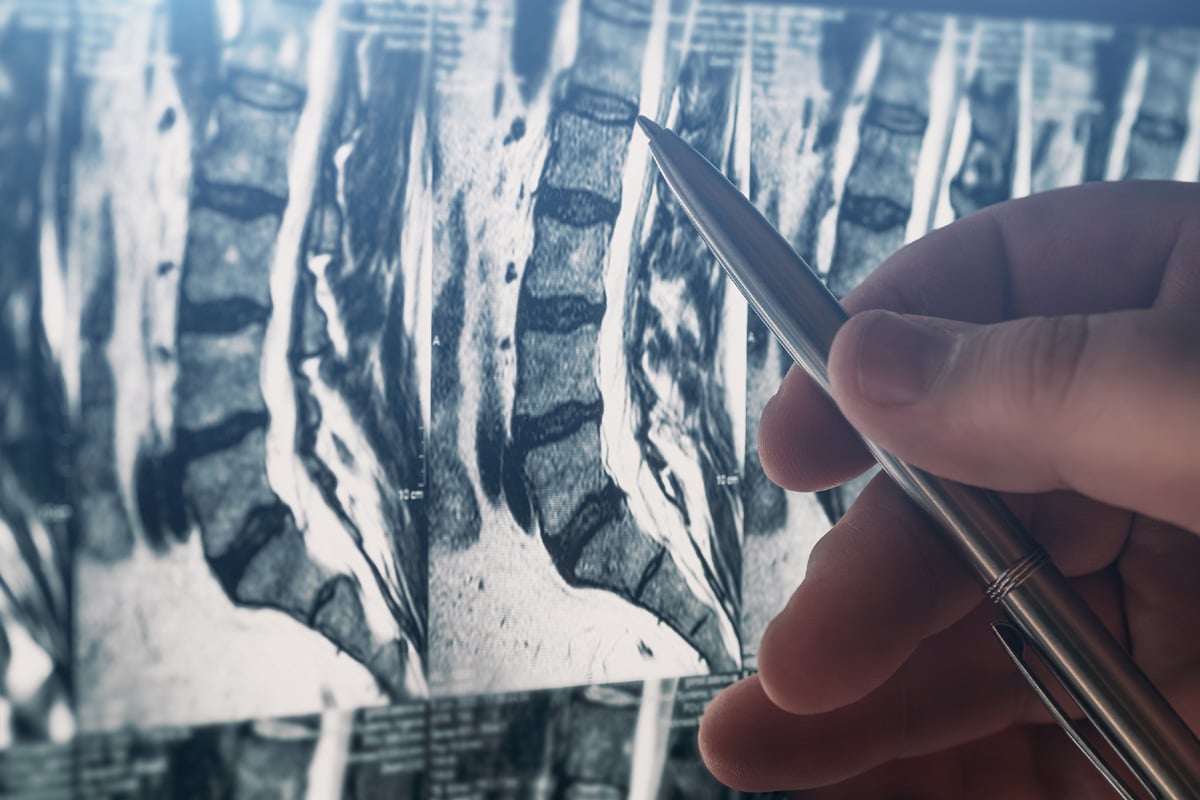Spinal stenosis, a degenerative condition affecting the spine, can significantly impact a person’s quality of life. As it evolves in the spinal cord, individuals may experience various symptoms that can hinder daily activities and mobility.
While the early stages of spinal stenosis may be manageable through conservative treatment approaches, understanding the final stages of this condition becomes critical.
NJ Spine & Orthopedic can help you evaluate your medical records and determine the best treatment plan for your spinal stenosis.
Spinal stenosis, a condition characterized by the narrowing of the spaces within your spine, can lead to significant pain and discomfort. As the condition progresses, the symptoms can become increasingly debilitating, impacting one’s quality of life. Understanding the symptoms and final stages of spinal stenosis is crucial for patients, caregivers, and medical professionals alike. Whether you or a loved one is grappling with this spinal cord condition, gaining insight into physical and neurological symptoms and its general progression can empower you to make informed decisions about care and management.

At NJ Spine & Orthopedic, we specialize in diagnosing and treating advanced stages of spinal stenosis with minimally invasive techniques. We also treat other medical issues located in and around the spinal canal. Gaining a solid understanding of the circumstances can help in many ways, including effective management of symptoms and improving quality of life. We encourage you to contact our team of dedicated providers for support and to find the best treatment options for you.
Symptoms in the Final Stages of Spinal Stenosis
Spinal stenosis typically progresses gradually, with symptoms worsening over time. Among the major indicators of more severe spinal stenosis in this advanced phase are chronic and unrelenting pain. This pain often extends down the legs or arms, accompanied by sensations of numbness and tingling. Its nature can range from sharp and stabbing to a constant, burning discomfort that causes pain.

In addition to nerve pain itself, muscle weakness becomes more pronounced. The compression of nerves and the spinal cord due to the narrowing of the spinal canal leads to more severe pain and weakened muscles in the legs or arms. This weakness and arm and leg pain can affect essential activities like walking, lifting objects, or maintaining balance. Consequently, individuals may be unable to engage in routine tasks that were once effortless.

Mobility further diminishes as walking becomes increasingly challenging. The constriction of the spinal canal affects an individual’s gait, causing discomfort and cramping even after short distances. It often necessitates frequent breaks or the reliance on assistive devices such as canes or walkers. If you need any medical help or support treating spinal stenosis symptoms, even at one of the later stages, we can help.
Assessing Severe Spinal Stenosis: Unveiling the Grading System
Evaluating spinal stenosis severity is a fundamental step in guiding effective treatment strategies. Specialists rely on advanced imaging, particularly magnetic resonance imaging (MRI), to gain insights into the extent of spinal canal narrowing and its impact on surrounding structures. After obtaining an MRI scan, clinicians often employ a spinal stenosis grading system to classify the severity of the condition.

This system aids in classifying the degree of compression and its consequences for spinal nerves and the spinal cord. The grading comprises a few distinct categories or grades:
Grade 0
This classification indicates the absence of spinal stenosis and a clear anterior cerebrospinal fluid (CSF) space. At this stage, no considerable constriction is affecting the spinal canal or nerve components.
Grade 1
Designated as mild spinal stenosis, Grade 1 showcases a noticeable separation of the cauda equina. While compression and pain may exist, they each remain relatively modest.
Grade 2
This grade represents moderate spinal stenosis and showcases some grouping of the cauda equina that prevents its distinct separation. The compression of nerve structures becomes more evident, potentially leading to sensory changes and muscle weakness.
Grade 3
The Grade 3 stage of spinal stenosis is characterized by the complete absence of cauda equina separation. At this juncture, compression significantly impairs nerve function, often bringing about all the symptoms of the final spinal stenosis stage.
How Do Symptoms of Spinal Stenosis Correlate With the Grading System?
The cauda equina is a collection of nerves at the end of the cervical spine and the spinal cord. Your doctor can determine the severity of cauda equina syndrome if it is present. These nerves are pivotal in leg sensation and vital functions like bladder control and bowel control. Most importantly, the severity grading directly correlates with the level of nerve compression done on these essential nerve structures in spinal injuries.
Can One Live After Reaching the Final Stage of Spinal Stenosis?
Reaching the final stage of spinal stenosis brings significant physical and emotional challenges. Unfortunately, spinal stenosis is not curable, and surgical intervention is often the only corrective measure. Individuals who have progressed to this advanced phase of their spinal stenosis and instability can still find ways to lead meaningful lives. Patients experiencing severe spinal instability and severe stenosis may undergo substantial limitations.

Effective management strategies can make a remarkable difference. This may include medical interventions, such as pain management techniques and physical therapy, as well as the use of assistive devices to alleviate discomfort, relieve pressure through pain relief, and enhance functionality. Furthermore, cultivating a support network comprising a physical therapist, healthcare professionals, family, and friends can offer emotional support during this challenging journey.

Non-surgical treatments may be a viable option in the initial stages of some forms of spinal stenosis, such as cervical spinal stenosis or lumbar stenosis. However, as the symptoms worsen and the condition progresses, these techniques may not be highly effective, making some forms of spinal stenosis surgery necessary. Additionally, spinal stenosis exercise, therapy, and other treatments will be beneficial supplements to surgical procedures.
Also, we understand that everyone has chaotic lives now, which is why we can offer same day office visits to get you the answers. You deserve timely and wonderful patient advocates, so NJ Spine & Orthopedic has a Concierge Team that can do all the heavy lifting. They help get the medical records you need to help make sure everything is in line for your appointment to move as smoothly as possible. They are always there for you to make sure questions are answered up until the day of a possible procedure.
Get Help Managing Severe Spinal Stenosis from NJ Spine & Orthopedic
Navigating the final stages of spinal stenosis demands both medical guidance and personal resilience. Though symptoms may intensify, a combination of dedicated care, adaptive strategies, physical therapy, and emotional support can help patients manage symptoms, reduce pain, and empower individuals to maintain a meaningful life. If you or a loved one are struggling with the challenges of severe spinal stenosis, don’t face them alone.
The experienced team at NJ Spine & Orthopedic is here to provide specialized care and support for patients and their spinal columns. With a comprehensive approach to treat spinal stenosis, including advanced surgical techniques and non-invasive therapies, we are dedicated to improving your quality of life and reducing pain further. Contact us online or call us at (866) 553-0612 to schedule a consultation and take the first step toward effectively managing severe spinal stenosis.

